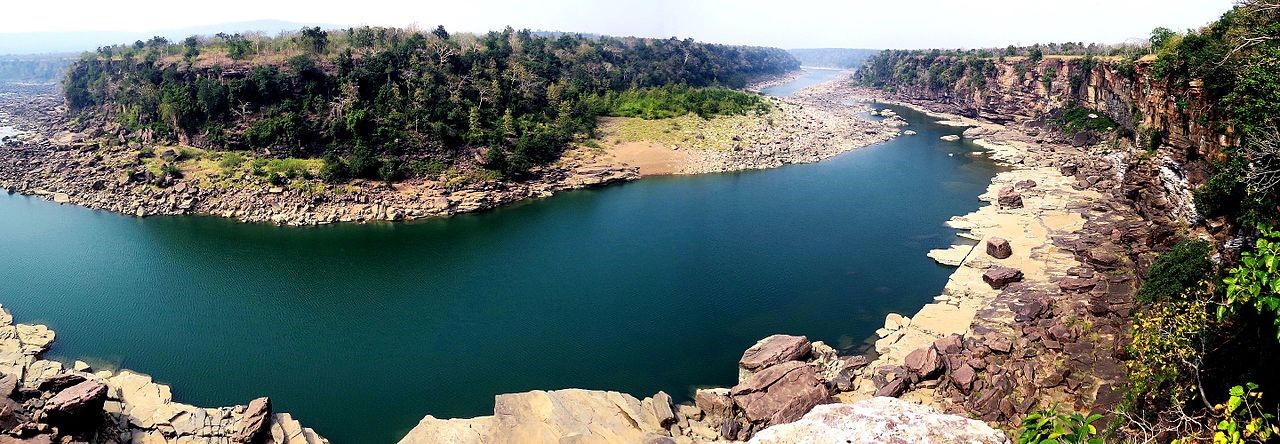Description

Disclaimer: Copyright infringement not intended
Context
PM Modi cites crocodiles in Ken river to hail tech use in saving wildlife.
Details
Ken River
The Ken River is one of the major rivers of central India, flowing through the states of Madhya Pradesh and Uttar Pradesh.
- Origin: The river originates near the village of Ahirgawan on the northwest slopes of the Kaimur Range in the district of Jabalpur, Madhya Pradesh, from a spring at an elevation of about 550 meters (1,800 feet) in the Vindhya Range.
- Course: It flows in a northeast direction for about 427 kilometers (265 miles) before joining the Yamuna River in Uttar Pradesh. The river passes through the Panna National Park in Madhya Pradesh, known for its tiger reserve and rich biodiversity.
- Tributaries: The Ken River has several tributaries, including the Simiri, Tons, and Bes rivers. These tributaries significantly contribute to the river's flow and hydrological dynamics.
- Hydroelectric Projects: The Ken River is the site of the controversial Ken-Betwa River Link Project, aimed at transferring surplus water from the Ken River basin to the Betwa River basin to address water scarcity in the region and generate hydroelectric power.
- Ecological Importance: The Ken River basin supports diverse flora and fauna, including several endangered species such as the gharial (Gavialis gangeticus), freshwater dolphins, and various species of turtles and fish.
- Cultural Significance: The River holds cultural importance, with several historical sites and temples located along its banks. It also sustains agricultural activities in the region, supporting livelihoods and economies of the surrounding communities.

Ken Gharial Sanctuary
- Ken Gharial Sanctuary is a wildlife sanctuary in Panna and Chhatarpur Districts of Madhya Pradesh, India.
- It was established for the conservation of gharial and mugger crocodile populations in 1981
- The sanctuary is protected under India's Wildlife Protection Act of 1972
Gharial
- It is a fresh-water crocodile which lives in deep fast-flowing rivers.
- Compared to alligators and crocodiles, a Gharial has a very long and narrow snout (instead of a broad snout).
- Globally Gharial is found only in India and Nepal.
- In India their major population occur in three tributaries of the Ganga River: the Chambal and the Girwa Rivers in India and the Rapti-Naryani River in Nepal.
- The Gharial reserves of India are located in three States – Uttar Pradesh, Madhya Pradesh and Rajasthan.
- Its IUCN status is Critically endangered and protected under Wildlife (Protection) Act, 1972, Schedule I. CITES: Appendix I
- Breeding Centres of Kukrail Gharial Rehabilitation Centre in Lucknow, Uttar Pradesh.
- National Chambal Sanctuary (Madhya Pradesh).
|
PRACTICE QUESTIONS
If you want to see gharials in their natural habitat, which one of the following is the best place to visit?
- Bhitarkanik Mangroves
- Chambal River
- Pulicate Lake
- Deepor Beel
Answer A
|











